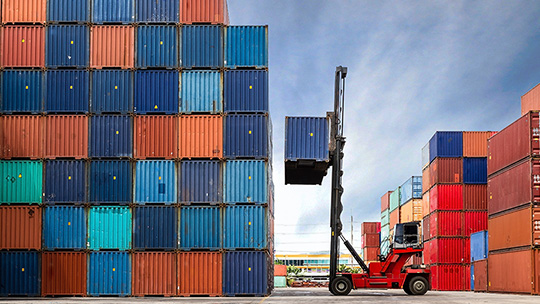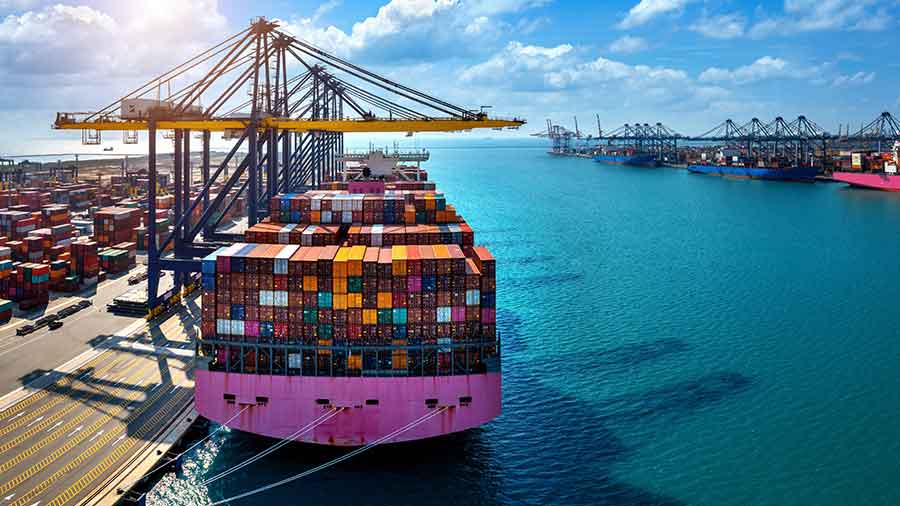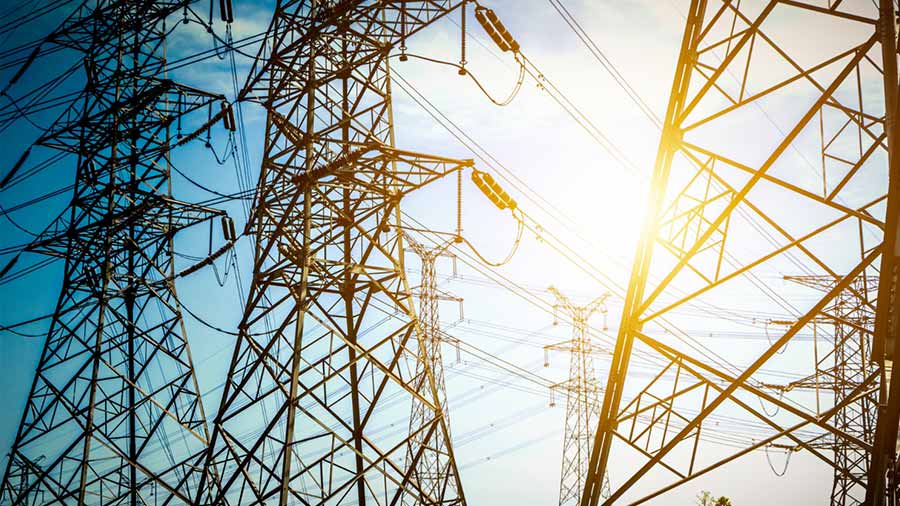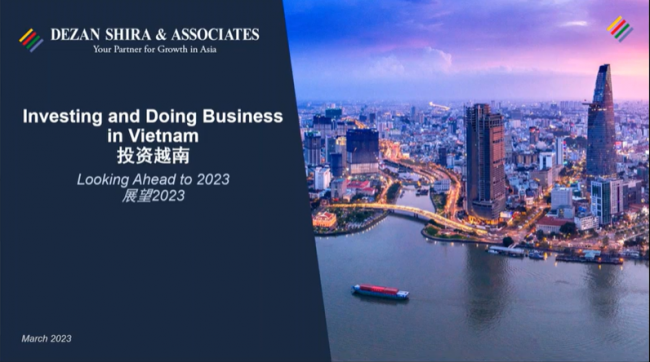Vietnam’s Port System facilitate the efficient movement of goods, connecting Vietnam to global markets and supporting the country's export-driven economy. With approximately three-quarters of freight and 90 percent of passenger traffic relying on road transport, enhancing port infrastructure is essential to reduce transport costs, alleviate congestion, and improve the overall efficiency of the supply chain.
Vietnam's port system has evolved significantly over the years, reflecting the country's economic ambitions and strategic priorities. Historically, Vietnam's port struggled with capacity limitations and outdated infrastructure, impeding their ability to handle large containerships and resulting in higher transportation costs for exporters. Recognizing these challenges, the Vietnamese government has prioritized port development as a central component of its broader economic goals.
The government's ambitious seaport 'Master Plan' aims to create a modern seaport system by 2030, with long-term objectives extending to 2050. This plan is designed to support the growth of Vietnam's agricultural, transport, energy, and tourism sectors, with a strong emphasis on sustainability.
Classification and development
Vietnam's port system is classified into four categories: special-class ports, Class I, II, and III ports. This classification is based on the scale, capacity, and function of each port.
- Special-Class Ports: These ports, including Lach Huyen Port in Hai Phong and Cai Mep Port in Ba Ria – Vung Tau, serve as international gateway terminals. They are prioritized for infrastructure upgrades to handle large-scale international trade efficiently.
- Class I Ports: These 15 ports are significant national ports that support major industrial zones and economic regions. They play a crucial role in both domestic and international trade.
- Class II Ports: Comprising six ports, these serve regional economic areas and support the flow of goods within specific geographic regions.
- Class III Ports: The 13 ports in this class handle local and specialized cargo, providing essential services to local economies and smaller industrial zones.
Each class is designed to fulfill specific functions, ranging from international trade facilitation to local economic support, ensuring a comprehensive and efficient port system that meets varied demands.
Development plans and investments
Vietnam's government has laid out an ambitious master plan for the development of its seaport system from 2021 to 2030, with a long-term vision extending to 2050. The plan aims to significantly expand the capacity of Vietnamese ports, targeting a handling capacity of 1.1-1.4 billion tons of cargo by 2030, up from the current 500 million tons. Container throughput is expected to reach 38-47 million TEU.
Key projects include the development and upgrading of international gateway terminals at special-class ports like Lach Huyen and Cai Mep. Additionally, significant investments are planned for the Middle region and the Mekong Delta, with international shipment ports being developed in Khanh Hoa and Soc Trang, which are expected to attain special-class status upon completion.
Private and foreign investment partnerships are expected to bring in advanced technologies, management expertise, and significant capital investments, driving the modernization and efficiency of Vietnam’s port system.
The Vietnam Maritime Administration is leading efforts to ensure that ports meet stringent environmental criteria. This includes regular green assessments every three years to evaluate compliance with national and international environmental standards. The initiatives focus on reducing the environmental impact of port operations through measures such as pollution control, waste management, and the implementation of eco-friendly technologies.
Ports are encouraged to adopt practices that minimize their carbon footprint, including the use of renewable energy sources and energy-efficient equipment. This approach not only supports the country's environmental goals but also enhances the global competitiveness of its ports by aligning with international best practices in sustainability.
Major ports in Vietnam
With strategic locations across the northern, central, and southern regions, these ports serve as vital gateways for imports and exports, supporting the country's economic growth and integration into the global market. Each port has unique features and capacities that cater to different economic and logistical needs. The following table provides a comprehensive comparison of the major ports in Vietnam, highlighting their key features, capacities, and roles in the nation's economic landscape.
|
Region |
Port |
Key Features and Capacity |
Role and Economic Impact |
|
Northern Region |
|
|
|
|
Quang Ninh Port |
Features 5 berths with a capacity for vessels up to 85,000 DWT. |
|
|
|
Central Region |
Da Nang Port |
|
|
|
Quy Nhon Port |
|
|
|
|
Southern Region |
Saigon Port |
|
|
|
Cai Mep-Thi Vai Port |
|
|
|
|
Vung Tau Port |
|
|
|
Challenges and Opportunities
Challenges
Major ports, such as Saigon Port, often experience congestion, leading to delays and increased logistics costs. This congestion is exacerbated by the rapid increase in container traffic, which the current infrastructure struggles to accommodate effectively. Additionally, competition among regional ports, both within Vietnam and from neighboring countries, puts pressure on Vietnamese ports to continuously improve their services and infrastructure.
Customs procedures and logistical complexities further complicate port operations. The bureaucratic processes involved in customs clearance can be time-consuming, creating bottlenecks and reducing overall efficiency.
Future opportunities
Despite these challenges, there are significant opportunities for growth and development within Vietnam’s port system. One promising avenue is the potential for green port initiatives. By adopting sustainable practices and technologies, Vietnamese ports can reduce their environmental impact and enhance their global competitiveness. Initiatives such as using renewable energy sources, implementing waste management systems, and improving energy efficiency can transform Vietnamese ports into models of sustainability.
Expansion plans and international partnerships also present substantial opportunities. Ongoing investments in port infrastructure, such as the development of new deep-water berths and modernization of existing facilities, will increase capacity and improve operational efficiency. Partnerships with international firms can bring in advanced technologies and management practices, further enhancing the capabilities of Vietnamese ports.
Additionally, the development of inland waterways offers a promising opportunity to alleviate congestion at major ports and improve overall logistics efficiency. By enhancing the network of rivers and canals, Vietnam can create alternative transportation routes that reduce the reliance on road transport, lower logistics costs, and increase the capacity for cargo movement within the country.





















